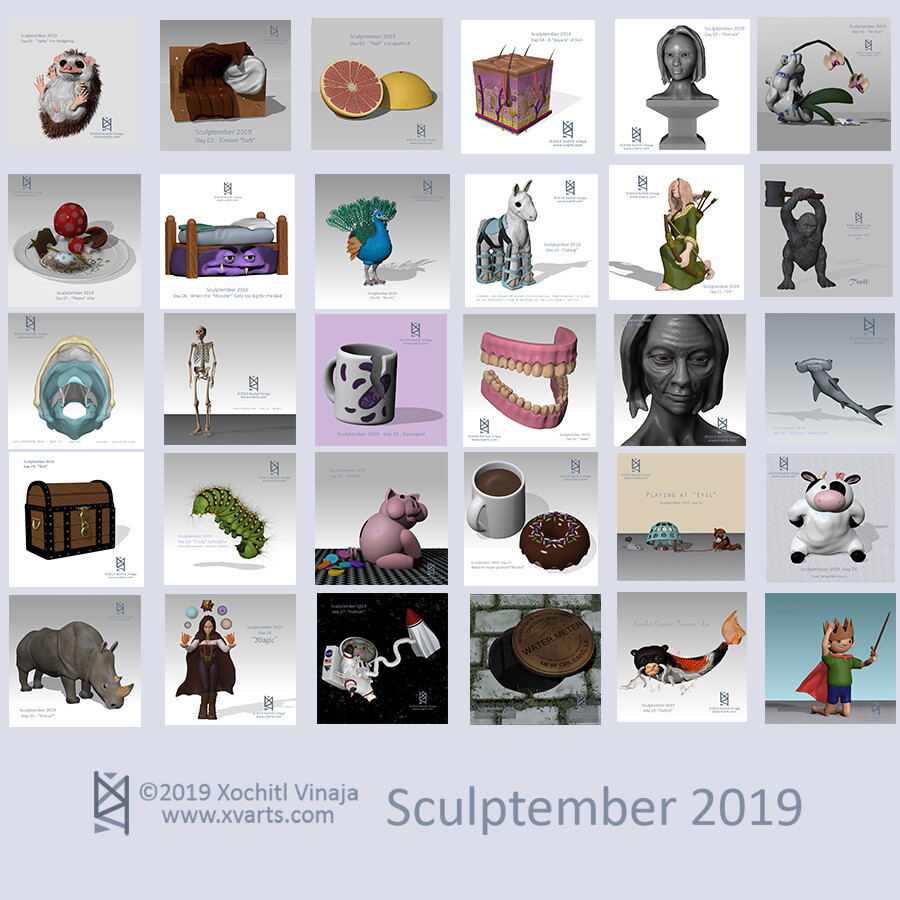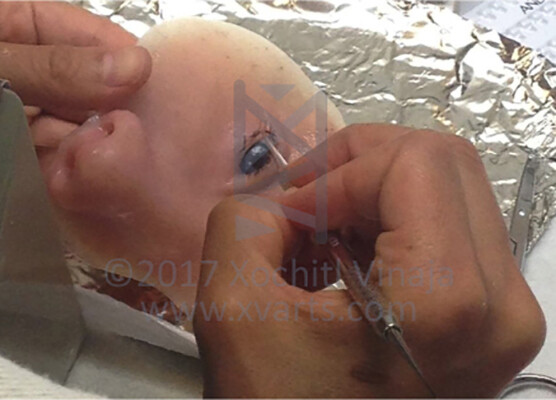I had a blast participating in #Sculptember this year. I limited myself to ZBrush in terms of digital sculpting software (with compositing in Photoshop) and followed along with the Official Sculptember prompts. I used this opportunity to create original concepts and characters as well as to work on my anatomical asset library. I love using ZBrush to create illustrations, especially biomedical illustrations, as you can see in my portfolio. I can't wait to participate again next year!
Essential Ultrasound Anatomy
Hi everyone,
I am excited to share that the ultrasound atlas I worked on with the team at SGU was recently published! Essential Ultrasound Anatomy 1st Edition by Dr. Danny Burns, MD PhD and Dr. Marios Loukas, MD PhD was published by and is officially available for purchase from Wolters-Kluwer Health.
This atlas is an invaluable resource for reading ultrasounds. I especially recommend it for other medical illustrators as an addition to your reference library.
I am extremely proud of my contributions to this collection of illustrations.
What is Clinical Anaplastology?
Clinical anaplastology is the area of medicine that deals the with prosthetic restoration or rehabilitation of a malformed or absent area of the face or body. Unlike prosthetists, anaplastologists don't make limb prosthetics, though they do create prosthetic fingers, toes, feet, hands, breast prostheses (called somato prostheses). Anaplastologsits create several types of facial prosthetics including auricular (ear), nasal (nose), ocular (eyeball), orbital (the eyelids, sockets, and surrounding area), and midfacial (the nose and significant tissue extending from it which may include the cheek or orbit). It's an important area of work that can have life-changing effects for patients, improving function, appearance, and overall wellbeing.
To create a life-like facial or somato prosthesis, the area must be sculpted to visually match and physically fit the patient's existing anatomy. The finished sculpture is then molded and cast in silicone. It is custom colored to match the patient's skin. Anaplastologisists aim to capture even the tiniest details including blood vessels, hair, and freckles. Additional anatomy such as eyes and nails can be made from other materials.


